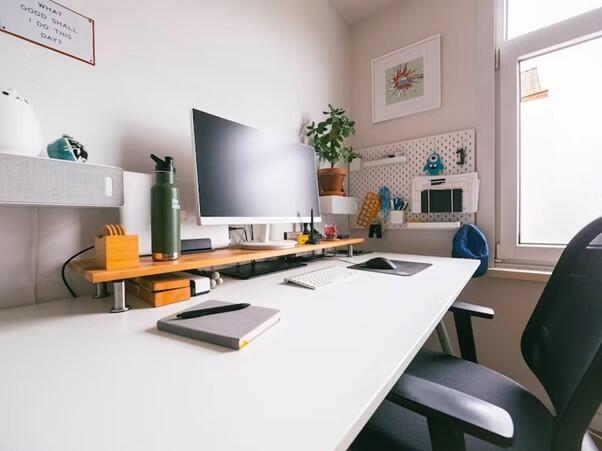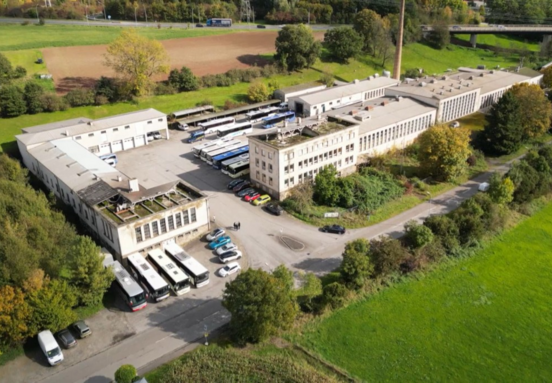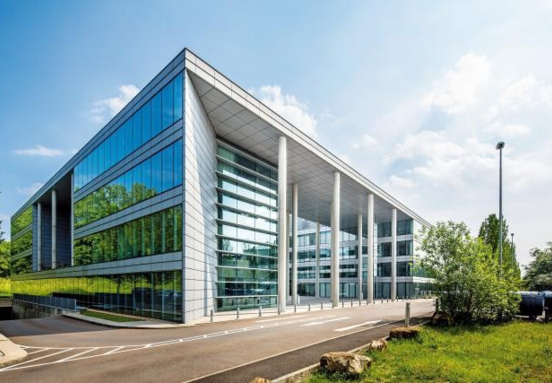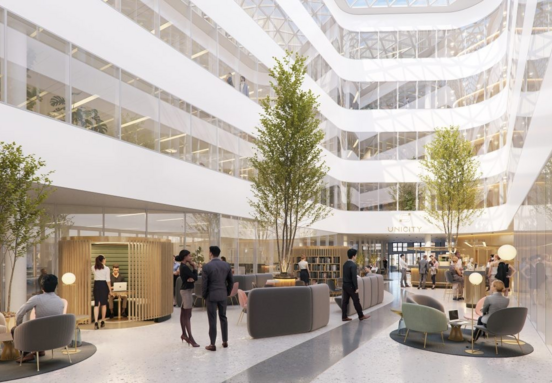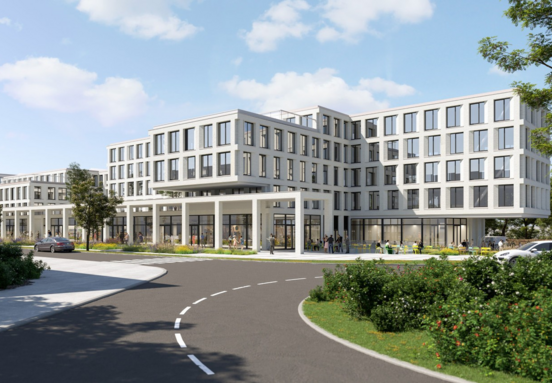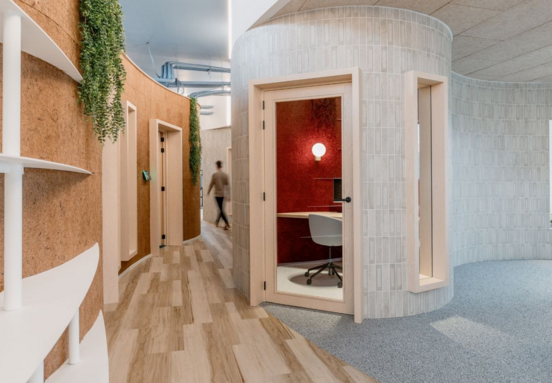"Marty, we're going back to the future." I don't think when Doc Brown made that memorable and iconic statement in the 1985 film "Back to the Future," the screenwriters could have predicted the coronavirus pandemic 35 years later. These words will define certain aspects of how businesses will use office spaces, how they will be designed, and how they will function in a post-coronavirus world. Over the past twenty years, many companies have focused on similar operational themes related to planning and designing their office spaces: centralization, staff density, and shared common spaces. In practice, these elements have taken the form of leasing a single facility in the urban center, decreasing the space rented per employee, reducing private offices, increasing workstations, and creating group and meeting spaces. Many companies have also encouraged their employees to stay at work despite being ill (as a badge of honor) and realized they could reduce certain fixed costs by allowing their employees to work from home.
Since the coronavirus invaded our homes, stores, offices, and communities, businesses have had to adapt and rethink almost every aspect of their approach to business, the reasons why they execute certain processes, and how their operations will function in the future. We are witnessing a historically rapid transformation of business operations, the impact of which will be profound in the foreseeable future. We believe that some old models will become popular again, previously abandoned ideas will be modified to fit modern times, and new operational concepts will emerge and influence workplaces and business environments. These changes will focus on improving the health and safety of workers, increasing employee satisfaction, addressing commuting issues, recognizing new threats to business activities and survival, enhancing creativity, encouraging organic generation of new ideas, and offering new ways to serve customers.
Business offices are decentralizing from urban centers to multiple suburban sites. Decentralization will become a major theme of change resulting from the coronavirus. The primary goal of this evolution will be to bring the company closer to employees' place of residence. But in fact, it offers many benefits to both companies and their employees. It helps reduce fixed costs such as rent and parking fees. It can shorten employees' commuting time. It provides better living opportunities for staff. Finally, it enables companies to create a creative work environment where employees meet in person more effectively than through a Zoom call.
Let's imagine a law firm, an architectural firm, or a medium-sized sales company occupying 10,000 square feet in Washington, D.C. Their rent is probably between $60 and $80 per square foot, plus $200 per month per parking space. Their monthly fixed costs would be approximately $68,000 based on a 10,000-square-foot apartment at $70 per square foot and 50 parking spaces at $200 per month. According to the National Association of Office Parks (NAIOP), the average monthly cost of a parking space in an office building increased by 6.45% in 2017 compared to 2016.
Compare this to leasing three suburban offices of 3,500 square feet each in Laurel, Gaithersburg, and Fairfax City. All suburban sites offer free parking, and based on a rental rate of $25 per square foot on 10,500 square feet, the total fixed costs amount to only $21,875. A monthly reduction of about 66%! Furthermore, employees' commuting times are significantly reduced as offices are now closer to their homes. Employee satisfaction is increased. Moreover, by moving the office closer to employees, full-time remote work is reduced. Staff can return to well-located offices that foster creativity, build trust among colleagues, and improve overall morale. CMS Wire reports that 67% of managers believe their organization would be more productive if employees communicated more frequently face-to-face.
Companies will rent more space than before to enforce social distancing. From 2009 to 2019, the number of office spaces per employee decreased by 8.3%, according to NAIOP. In some urban markets like Washington, D.C., NAIOP reports that density is only 135 square feet per employee. We have witnessed this phenomenon as individual private offices disappeared and were replaced by workstations or cubicles. To preserve privacy, employers built additional meeting rooms, relaxation areas, and even "phone booths" for employees to make private calls. Shared common spaces were built, with comfortable sofas and coffee bars, aiming to create a different atmosphere from cubicles. These design elements are now at odds with the social distancing people need in a post-coronavirus world. New office designs will include more private offices. Large banks of workstations will be reduced and transformed into semi-private shared offices with two or three cubicles. "Hot-desking" offices, where any employee can use any workstation any day, will cease to exist if work surfaces are not disinfected daily.
Common spaces will still be used, but with more spaced-out individual chairs. Ultimately, this means companies will need more office space, not less. The same CNBC report indicates that "more and more offices could leave high-density city centers to move to the suburbs as jobs move closer to employees' places of residence." Companies may also seek more space, not less, as they reconfigure to adapt to social distancing. Flexible schedules will change. With employers decentralizing to meet employees' demands to reduce commuting times and improve their lifestyles, companies will seek to bring staff back to the office, but not five days a week. The pendulum of remote work has reached its peak and will slowly swing back towards more frequent office work.
Schedules will transform into one or two days of remote work and three or four days in the office. Companies recognize that creativity, the organic development of new ideas, and fostering a climate of trust within their staff cannot be achieved when they are scheduled every Tuesday from 3 to 4 pm for a Zoom call. The most creative ideas often arise from impromptu meetings, not structured meetings. It is often these ideas that create new business opportunities, new connections, new customer sources, and new perspectives that can quickly grow revenue.
America has been built on new ideas, new processes, and new relationships. It's in our DNA. Would it have been possible for Henry Ford to design and draw the automobile, for NASA to build the Apollo rocket and the space shuttle, for Maurice Hilleman to develop the measles medical vaccine, or for Steve Jobs to create the Apple computer without face-to-face interactions?
Sickness policies will be enforced. For decades, some employees felt valued if they came to work while sick. They felt like warriors, battling illness and coming to work. Their actions showed employers how dedicated and committed they were. And employers were complicit in accepting this behavior. That time is over. Now, companies will realize that sick employees pose a direct threat to the well-being of other employees. If one employee can easily infect multiple employees, then a sick employee is a direct threat to the company's well-being, to its main resource—its personnel—to its revenue, and to its ability to provide responsive customer service. The new mantra will be: sick employees are not welcome in the office and should stay home.
With the acceptance of Zoom calls and remote work resulting from the forced behavioral change during the pandemic, some forecasters have indicated that future office space needs will be reduced. Video calls eliminate the need to leave one's home office (sometimes called a "closet") and the hassles of commuting. This forecast overlooks people's fundamental need to meet, converse, share, and interact, and the vital importance it holds for our psyche, mental health
